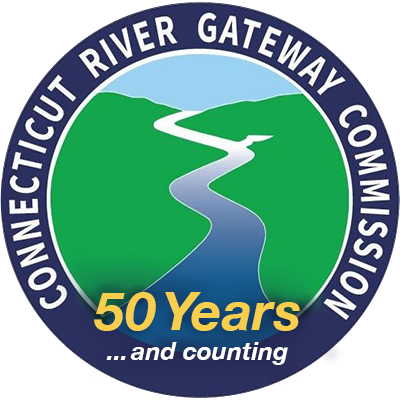Large Scale Structures
With exceptions like Gillette’s Castle, homes and other structures along the river were generally modest in scale.
As time passed, larger and larger structures were being built along the banks of the Connecticut River, structures that are more conspicuous, especially when considerable tree cover is removed.
The Connecticut River Gateway Commission’s legislative charter is to preserve the “natural and traditional riverway scene” and standards consider the visual impact of development.
In general, when the construction, expansion or remodeling of a residence or outbuildings (sheds, detached garages, barns) creates a total floor area over 4,000 square feet, regulations require that the project must be approved by a Planning & Zoning Commission through an Exception or Special Permit process.
In such cases, applications are sent to the Gateway Commission for comment.
A local authority may, in certain situations, choose to allow a site plan application instead of a Special Exception review when it can be demonstrated that geography or another structure leaves the proposed construction or addition hidden or minimally visible.
No exceptions to a Special Exception review are allowed for development on land that is directly on the Connecticut River; is only one lot removed from the river; or when considerable clearing of natural vegetation is proposed.
Gateway Commission staff can provide guidance on how to modify a design, if needed, to be more compatible with the "natural and traditional riverway scene."

Gillette’s Castle is a 24-room, 14,000 sq. ft. home.
This page is intended only as a general summary. Please refer to the Commission’s standards for complete regulatory language.

Maples, Oaks, Beech, Birch & Pine
Tree-lined riverbanks contribute greatly to the Connecticut River’s cherished “natural and traditional scene.” A coastline like that enjoyed by the sailor shown at left need not be found only in preserves. Riverfront landowners can enjoy great views and keep the lower river valley beautiful with simple tree pruning practices. “Limbing up” a tree’s lower branches, while leaving upper canopies untouched benefits everyone.
